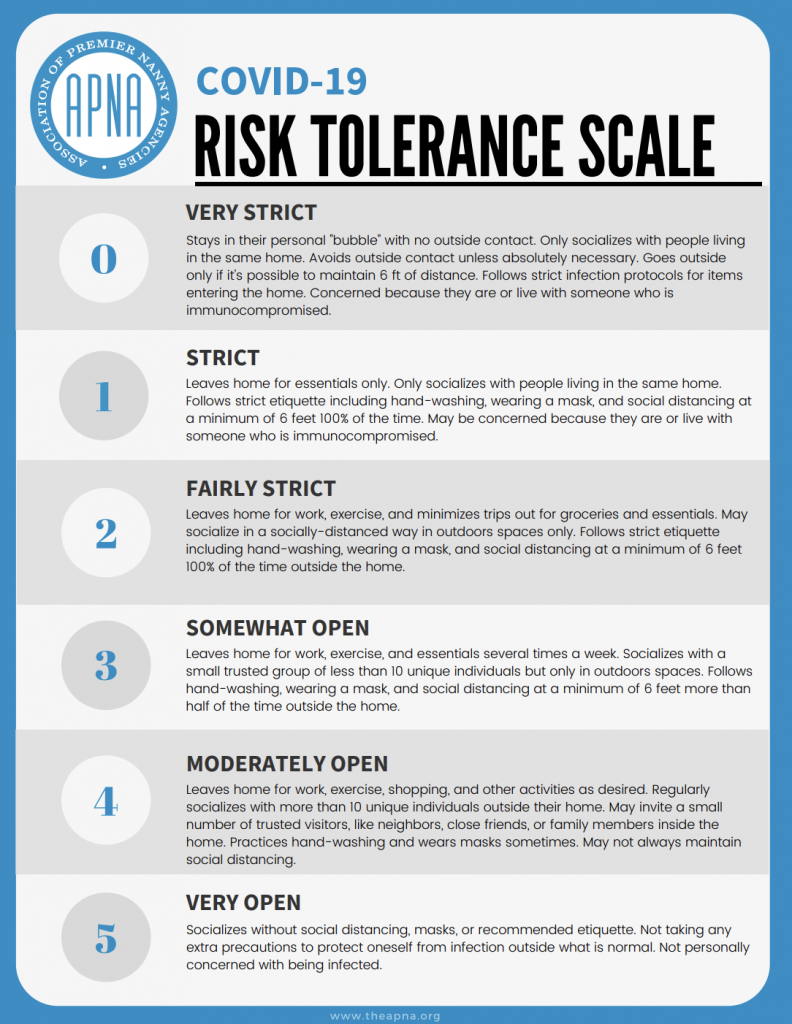Cold and flu season is upon us, and with that comes a classic symptom – fever.
There are a lot of things to know about fevers, and we want to share some must have knowledge before your temperature starts rising.
What temperature is considered a fever?
A fever is any temperature above 100.4. A normal body temperature is anywhere between 97 degrees F and 100.3 degrees F.
Is there such a thing as a fever that’s too high?
There are no magic numbers with fevers. A child with a 104.5 degree fever isn’t necessarily sicker than one with a fever of 100.8. What matters most is the duration of the fever and your child’s behavior once the temperature comes down. In addition, if your child has a fever for more than three days we recommend that they see a doctor.
Are fevers dangerous?
Having a fever is your child’s natural response to fighting infection. Though fevers may feel scary, they are not usually dangerous. Remember, there are medications available to help bring down your child’s temperature so they can be more comfortable.
Should babies always receive medicine for fevers?
You do not have to give your child medication just because he/she has a fever. The fever itself is not dangerous. The reason behind giving them medication is to make him/her more comfortable. If your child has a temperature of 101, but is playing, drinking fluids, and running around, then you can wait and see how they do. If the child seems uncomfortable, it is a good idea to give him/her the medicine so they feel better. Acetaminophen (the active ingredient in Tylenol) can be given every four hours. Ibuprofen (the active ingredient in Advil and Motrin) can be given every 6 hours once your child is over six months of age.
Can fevers give children brain damage?
Having a fever is the body’s physiologic response to fighting infection. Fevers will not “fry” or “melt” your child’s brain. There is a small subset of children who can have seizures with fever; these are referred to as febrile seizures. These events are uncommon and studies have shown many times that fever reducers do not prevent febrile seizures. If your child does have a febrile seizure you should call 911.
When should I seek medical attention?
- The child is less than 2-months-old and has a rectal temperature greater than 100.4 degrees.
- He/she has had persistent fevers for more than three days in a row.
- He/she is very irritable, despite the fever having gone down.
- He/she is extremely sleepy and you are having difficulty awakening them.
- He/she is having trouble breathing.
- You are not sure how to handle the situation (or you feel concerned about your child’s condition).
Remember, treating the fever with a fever reducer will bring down your child’s temperature, but does not take care of the underlying illness. It is likely that once the medication wears off, your child will have a fever again. In most cases, time, fluids, and fever reducers are all they will need to get back to their normal self.

This blog was repurposed from Premier Pediatrics. For the complete post, click here.




